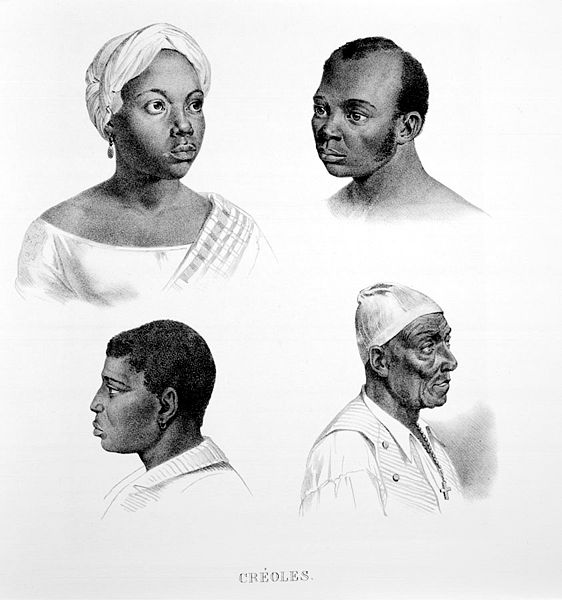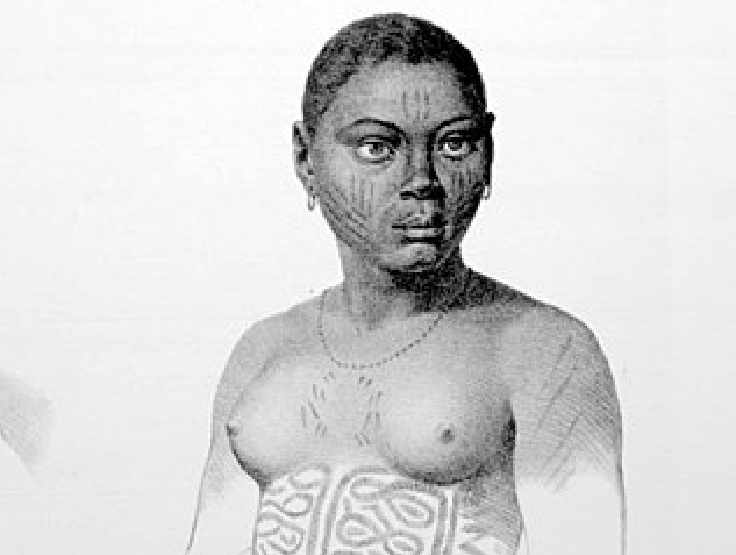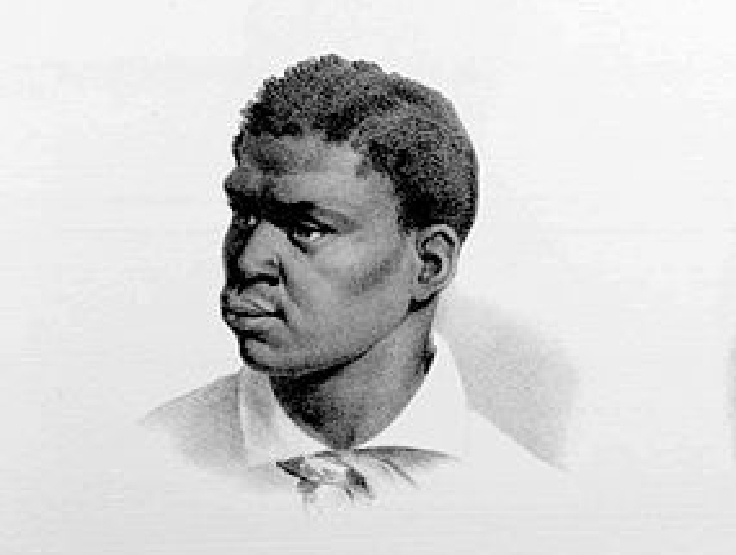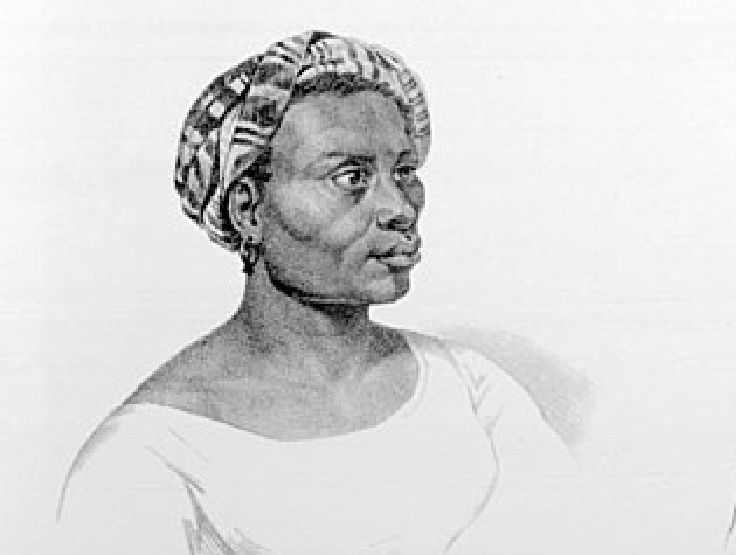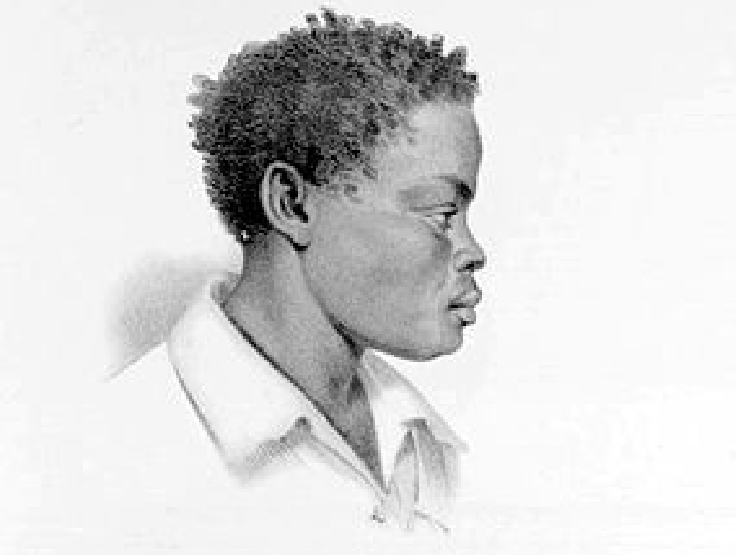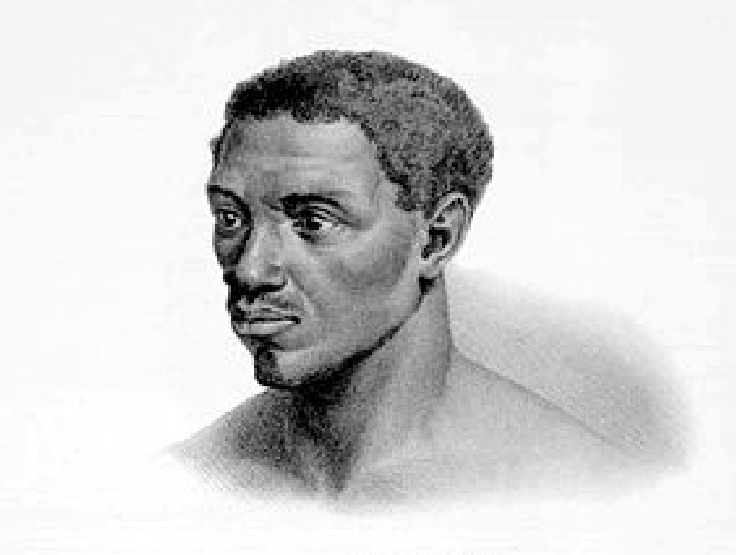
From here, we suggest you turn your phone horizontally. Viewing in landscape orientation makes map navigation even better!
Remember to move the map in all directions.
Access the Map
click on the images to find out
more about ethnic groups!
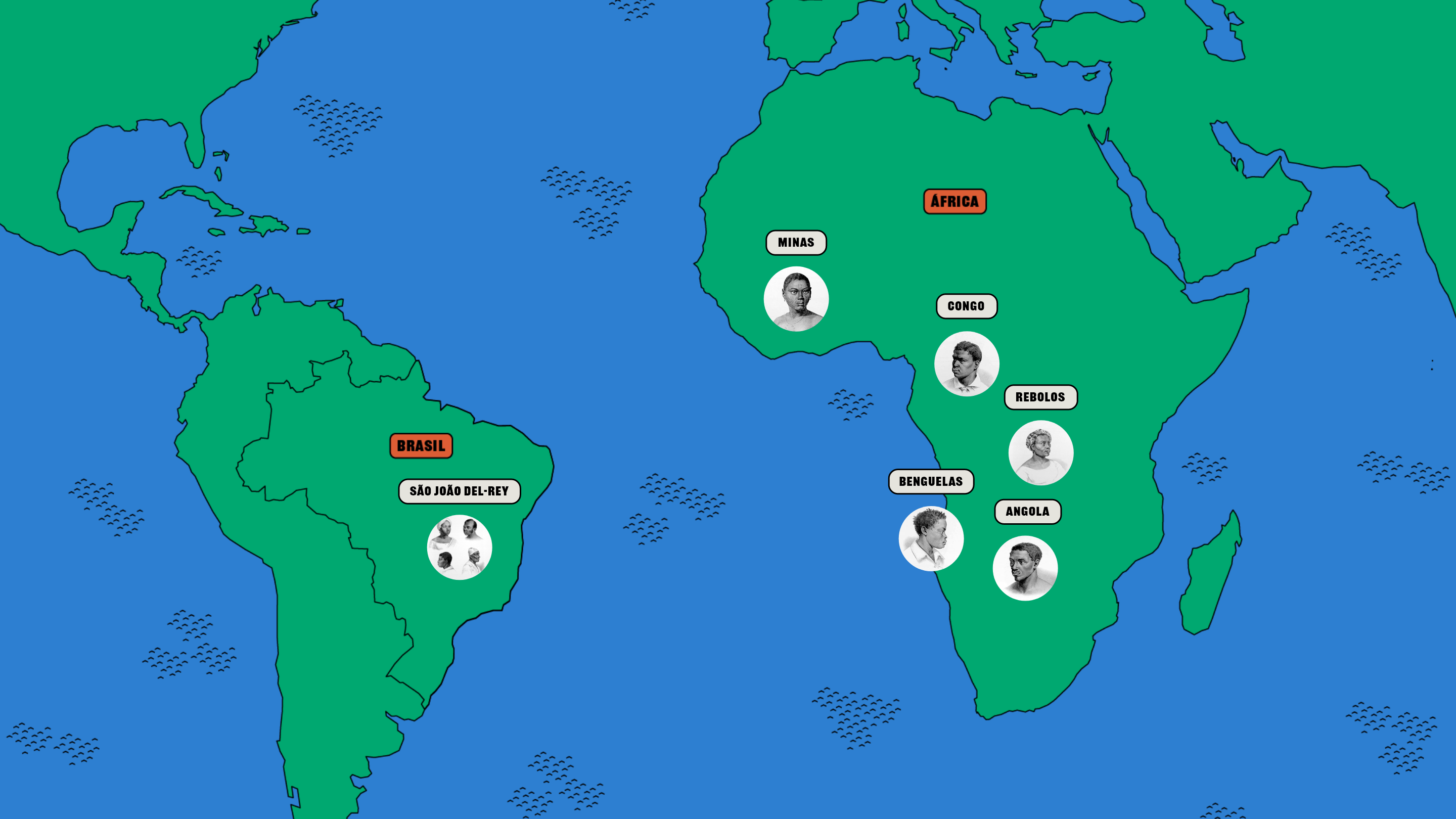
SÃO JOÃO DEL-REY
Cabras
In the 16th century, “cabra” was initially a derogatory term for indigenous peoples, evolving to describe those of mixed African and indigenous descent. Over time, it came to include various mixed ancestries, reflecting the racial complexities of colonial Brazil. From the 18th century, the term began to be associated with the skin colors of enslaved Africans, with categorization influenced by social status and the subjectivity of scribes, religious figures, and other officials. As enslaved people acquired nationality, their masters used more specific terms like “pretos pardos,” “caboclos,” and “cabras” for classification. Those in the “cabras” category typically had a darker skin tone, indicating mixed black and mulatto ancestry. While “cabra” isn’t strictly a social classification, as it wasn’t limited to enslaved individuals, the designation carried significant social implications.
Crioulo
The term “crioulo” was used to describe enslaved individuals born in Brazil and sometimes those from other Portuguese colonies. It originates from the Portuguese word “crea,” a variation of “criou,” meaning someone raised in a place. According to Antônio Moraes Silva’s 1813 Dictionary of the Portuguese Language, “crioulo” referred to enslaved individuals born at their master’s residence and extended to animals or offspring born under someone’s control.
Pardo (brown)
In the slavery period, “escravo pardo” (“brown slave”) referred to enslaved individuals of mixed ancestry, typically African and European. The term “pardo” signifies a lighter skin tone, a result of racial mixing.
MINAS
Ethnic groups from the Costa da Mina, located in the western part of the African continent, arrived predominantly in Salvador. They were renowned for their strength, and there was a belief that they possessed almost magical abilities to locate gold. This notion stemmed from the fact that in their home territories, they had advanced mining technologies and knowledge.
CONGO
Enslaved individuals originating or transported from the Congo region of Central Africa. Before being submitted to the transatlantic slave trade during the 16th to 19th centuries, the Congo region was inhabited by diverse communities with distinct traditions, languages, and cultural practices.
Congo’s rich culture encompassed various elements, including art, music, dance, spiritual belief systems, and forms of government. Congolese societies often exhibited complex political structures, characterized by kingdoms and chiefdoms that played vital roles in daily life.
REBOLOS
In the context of enslaved Rebolos (or Rebolas), their origin can be traced to a particular nation or ethnicity from the region of the upper Kwanza River in northern Angola. The Rebolos constituted a minority group among those brought to Brazil, likely shipped from the port of Luanda, closer to the capture area, rather than the port of Benguela.
BENGUELAS
Slaves who departed from the port of Benguela, a coastal city in Angola, formed a significant portion of those transported to Brazil. Benguela was one of the largest ports from which slaves of diverse origins and ethnicities were sent to Brazil during the transatlantic slave trade.
ANGOLA
Enslaved individuals taken from the southwestern portion of West Africa, including the former Kingdom of Congo and the territory occupied by the Portuguese in the former Kingdom of Ndongo, were significant contributors to the slave trade supplying Brazil. Angola served as one of the main slave markets for Brazil. Enslaved people from Angola were highly valued by Brazilian landowners for their skills in specialized mechanical work, which made significant contributions to the development of various economic and cultural activities in Brazil.
